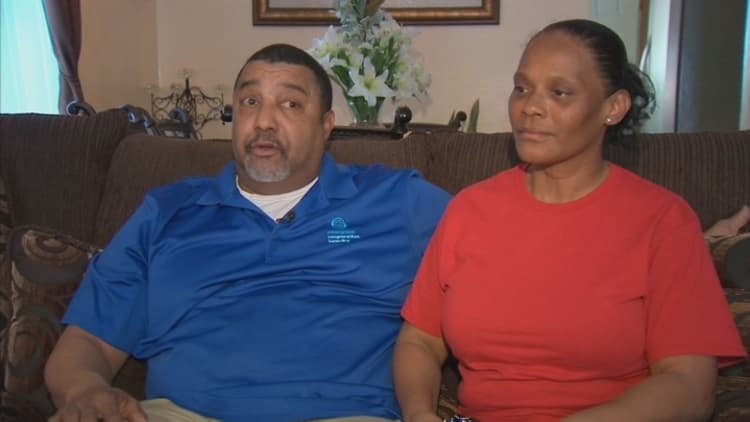It will take African-American families 228 years for their household wealth to reach that of white families, according to a new report from the Corporation for Enterprise Development (CFED) and the Institute for Policy Studies.
For Latino families, the number is 84 years, the two Washington, D.C.-based think-tanks found.
Though wealth has increased across the board for black, Latino and white households, it hasn't grown equitably for all. The report analyzed data from the Federal Reserve Board's Survey of Consumer Finances.
To arrive at the 228 figure, the study examined household wealth levels for white, black and Latino families from 1983 through 2013. Researchers then projected that data forward over time, based on the assumption that current tax and other policies remain the same.
While many studies have looked at the income gap by race, this study looked at the disparities in wealth. The report cited discriminatory lending practices and federal policies as key drivers of the wealth gap. The benefits of certain tax laws are more accessible to those who earn more.
For instance, deductions for mortgages and real estate provide the most benefit to those purchasing large and multiple homes, according to the study. That's because you need to itemize your deductions in order to take full advantage of the tax breaks, and high-income taxpayers tend to itemize. Lower-income people typically take the standard deduction.
Further, tax-deferred retirement savings plans help workers build wealth, but households of color are less likely to have access to these plans, the report found.
The report pointed to several policy changes as ways to level the wealth gap.
The power of tax policy
"If I had a magic wand, I would address policy in three areas," said Dedrick Assante-Muhammad, director of the Racial Wealth Divide Initiative at the Corporation and a principal author of the study. "Those would be retirement, child savings accounts, and homeownership," he said.
To that end, the report suggested the following:
- Broaden the availability of retirement savings plans by strengthening the federal government's myRA program, an automated retirement savings account intended for individuals who don't have a workplace plan. Minorities' retirement savings continue to lag those of whites: The average African-American and Latino households have $19,049 and $12,329 in retirement savings, compared to $130,472 for whites, according to the report.
- Help more low-income families save for college. To jump start savings in 529 college plans, state governments or philanthropists should be encouraged to seed these accounts with a modest amount of money. For instance, The Harold Alfond College Challenge funds a 529 plan with $500 for every baby born in Maine.
- Support home ownership for low-income families. Create a refundable credit that will be applicable to more segments of the population and support policies that help first-time buyers purchase a home.







